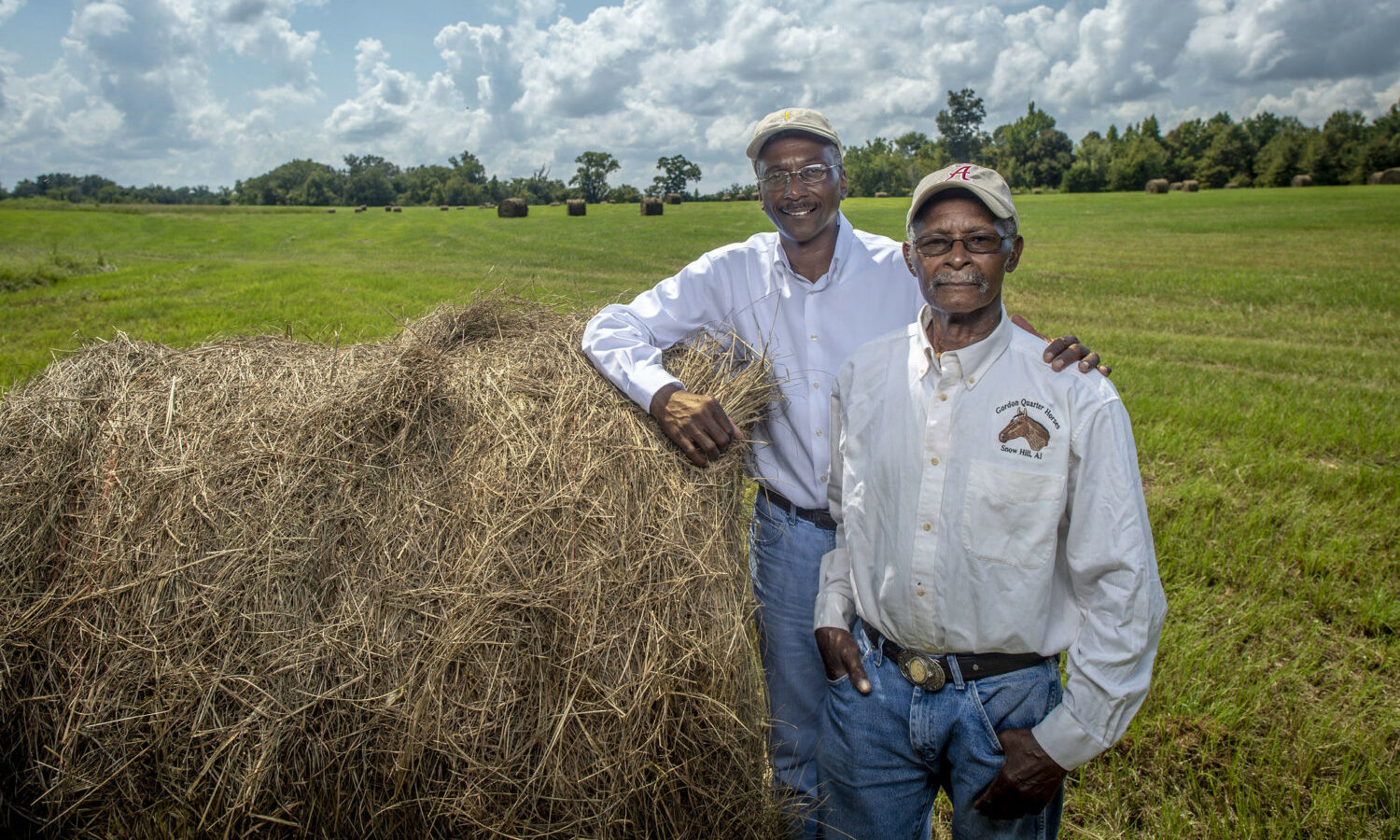The Farm Bill Law Enterprise recently released a report identifying policy goals to create a more equitable agricultural system for marginalized producers in the United States.
Renewed every five years, the U.S. Farm Bill is a single piece of legislation that encompasses a broad range of issues, including nutrition, conservation, rural development, and crop insurance. As Congress prepares for the 2023 Farm Bill, the new report highlights ways the Bill can specifically support socially disadvantaged farmers and ranchers.
The U.S. Department of Agriculture (USDA) has failed to provide adequate remedies “to people who have been harmed by USDA programs” due to discriminatory and oppressive policies, lead co-author Francine Miller tells Food Tank. Miller, who also serves as a Senior Staff Attorney and an Adjunct Professor at Vermont Law and Graduate School’s (VLGS) Center for Agriculture and Food Systems (CAFS), believes that the USDA should offer debt relief or create land banks for producers of color who continually face systemic disadvantages today.
To tackle discrimination in agricultural policy on a large-scale, the report identifies opportunities to create an equity agenda across the Department. It calls for extending and reforming the USDA’s recently initiated Equity Action Plan, which intends to provide support to underserved communities.
In addition, the USDA should pay more attention to heirs’ property, or land that is passed down without a clear title. This status complicates ownership and can lead to a loss of land for descendants. The Federation of Southern Cooperatives estimates that about 60 percent of Black-owned land comprises heirs’ property. To understand the significance of this problem, “you can look at the overall land loss among Black farmers, from almost 16 million acres in 1920 to less than 3 million acres today,” Miller points out.
Confusion around heirs’ property can also limit one’s opportunity to develop the land and gain federal benefits. Up until 2018, these descendants could not obtain a farm number — a unique identifier like a Social Security number, Miller says — from the USDA. “You can’t participate in USDA programs without them,” she tells Food Tank. Essentially, “you can’t generate wealth from your land.”
The 2018 Farm Bill created the Heirs’ Property Relending Program (HPRP), which allows heirs to apply for loans from select lenders to consolidate property or pursue other options aimed at resolving succession issues. But to help those who are unable to take on loans, the authors urge for a complementary grant program that brings owners financial and technical assistance.
The authors also hope to see the Farm Bill address the high cost of land, which continues to inhibit farmland access for beginning and socially disadvantaged producers. “One of the main issues is that land is prohibitively expensive,” Professor of Law, Faculty Fellow at CAFS, and lead co-author Emily Spiegel tells Food Tank. If producers do not inherit land, they face competitive farm real estate.
Compounding inflated prices is the issue of obtaining credit from private lenders, as many new and marginalized farmers have a hard time qualifying for loans. For their farms to “grow and thrive,” Spiegel says, “they need credit options that include smaller loan sizes, affordable interest rates, and reduced administrative burdens.”
The VLGS authors also hope to see the USDA officially constitute the Commission on Farm Transitions—Needs for 2050. This Commission was authorized in the 2018 Farm Bill but is currently inactive. To mitigate challenges with generational transfers, the committee is responsible for studying an array of issues, from the availability of agricultural land to infrastructure and credit needs. Once operational, the committee can specifically analyze farm transitions for socially disadvantaged farmers and ultimately figure out “some way of allowing people to get on the land,” says Miller.
The report further calls for “reinventing” the implementation of USDA programs at the local level, which currently occurs through county committee systems. Originally established in the 1930s, these systems have important powers, such as determining conditions of insurance and disaster relief, the report states. The authors note that these influential and relatively unknown committees have a history of excluding marginalized producers from farming.
Spiegel hopes to see a gradual transition away from these obscure committees to a system that prioritizes “inclusivity in decision making” and “fair access to USDA programs” while “gaining the local communities’ trust.”
There is also an opportunity to equitably distribute funding across 1862, or predominantly white, land grant universities and 1890 institutions, or Historically Black Colleges and Universities (HBCUs), the report finds. Land-grant universities provide general education, agricultural training, and extension programs. But the authors assert that “funding disparities” have left minority-serving institutions under-resourced. According to the report, one way to close these gaps is through federal contributions to endowment funds of HBCUs and minority-serving universities.
“The next Farm Bill is an opportunity to take big steps forward in dismantling inequities,” Spiegel tells Food Tank. This change determines “who farms, how profitable those farms are, and whose voices are heard in agricultural policy.”
Photo by Preston Keres courtesy of the USDA







